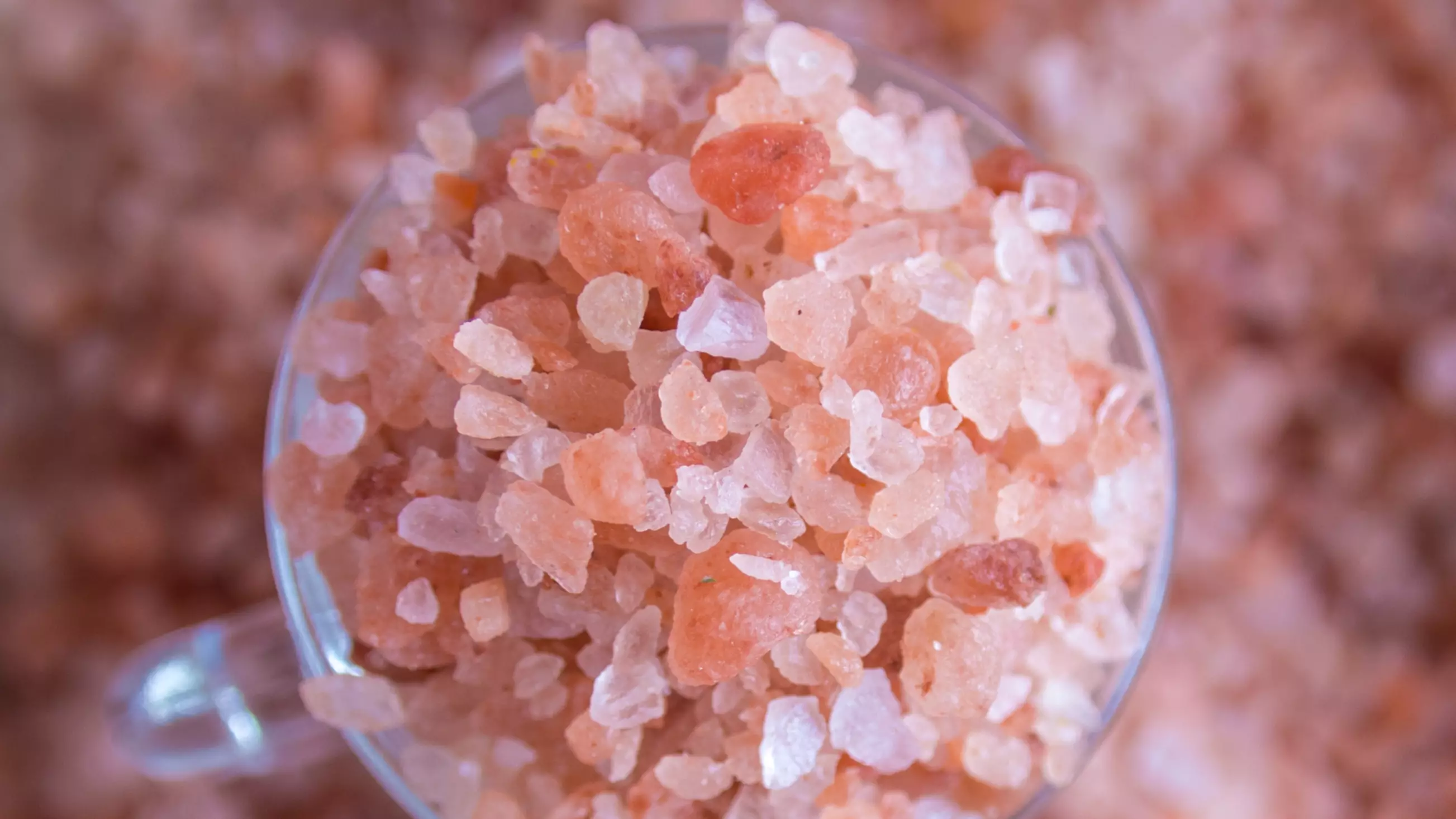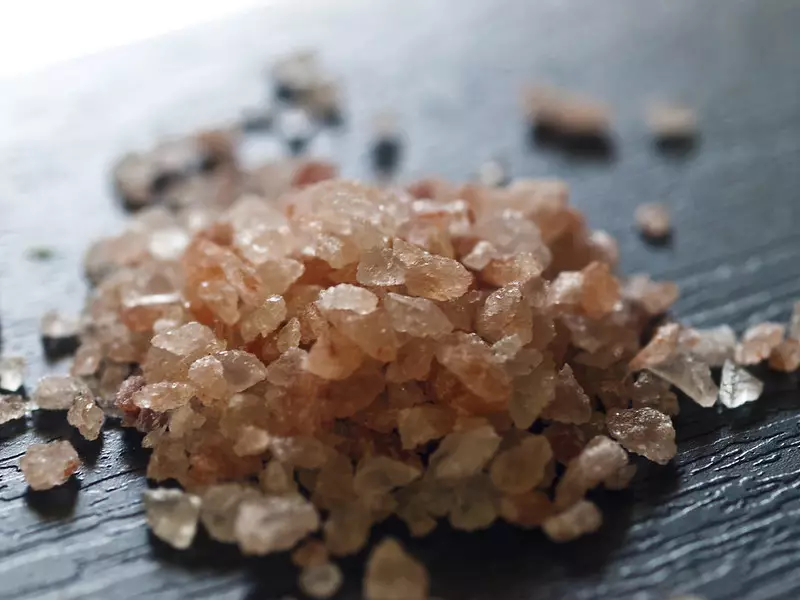
Pink salt is usually thought of as a ritzier, fancier, healthier version of your stock standard white table salt.
But an Australian study has put those claims to the test to find out how much better the pink varieties are and the results have been surprising.
Independent research company Nutrition Research Australia (NRAUS) gathered 31 samples of pink salt that you can buy Down Under.
Advert
Their big finding was that they were unpredictable and inconsistent.

The research discovered that pink salt does indeed have more essential nutrients than table salt, however you would have to consume around six teaspoons of it (which is around 500 per cent more than your daily sodium limit) to get any benefit from it.
Interestingly, one sample from the study was found to have traces of lead that go above the national contaminant level, while other samples also had aluminium found inside them.
Advert
If a person consumes these metals on a long-term basis, it can be harmful to their health.
The study revealed the pink salts that contained higher concentrations of essential nutrients also ended up having higher concentrations of heavy metals. The pink salt that was sourced from Australia however had lower levels of essential nutrients and non-nutritive minerals.
Researchers found there was a wide variation in the levels of nutrients found in pink salt and there didn't seem to be a pattern with most. They had iron levels that ranged between 0 and 17mg/100g and calcium levels that ranged between 53 and 574mg/100g.
Advert
NRAUS CEO Dr Flavia Fayet-Moore said people should be wary of what they're buying.
She said in a statement: "Pink salt's reputation for being 'healthier' has now been debunked, with the nutrient level too low and variable for it to be a consistent source of nutrients.
"While pink salt may look prettier...there are many healthy ways to enhance flavour and add colour to your meal, such as using herbs and spices like paprika, turmeric, cinnamon, saffron and even pink peppercorns," she said.
People should make sure they don't go overboard with salt and keep within the limits set by the World Health Organization, which is less than 5 grams for adults and 2 grams for children every day.
Featured Image Credit: Wilfredor (Creative Commons)